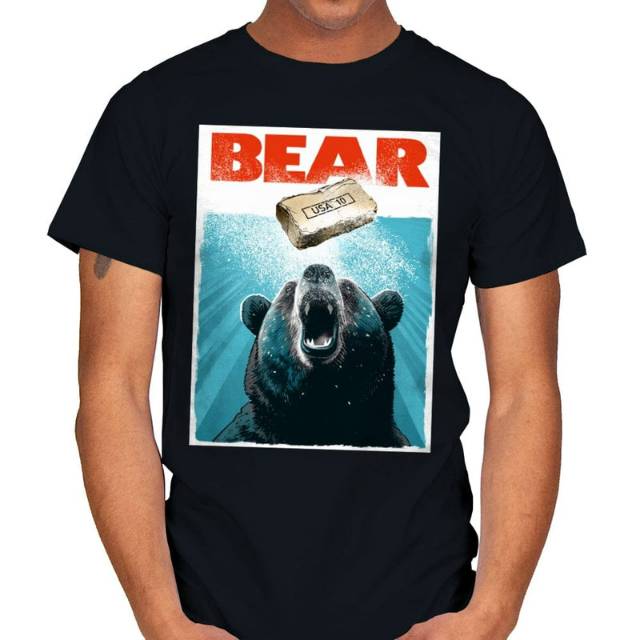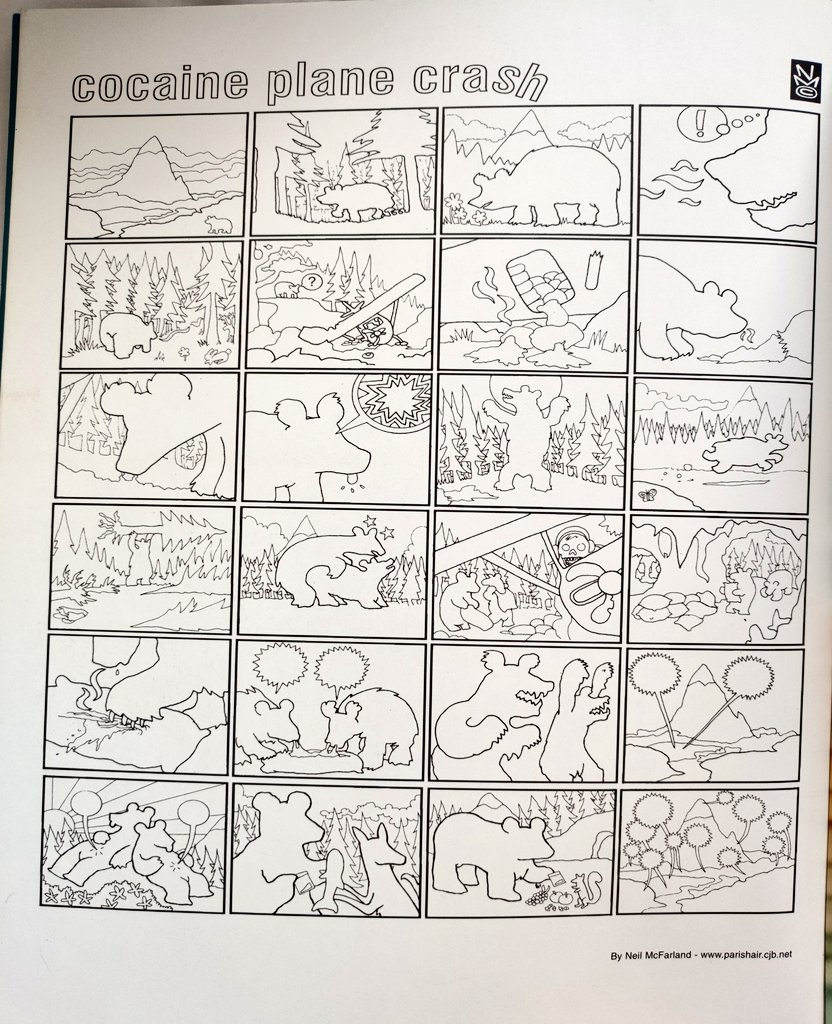The shallow stereotype that criminals are innately bad people neglects an important economic truth: people respond to incentives. Often, criminals are simply responding to economic incentives to steal, sell drugs, etc., just as other people respond to economic incentives to pay taxes, go to work, etc.
One of the Freakanomics authors’ most important points about crime is that crime can be a rational behavior. For people who live in impoverished neighborhoods with few job opportunities, crime can be the best way to lead a productive, happy life. Thus, people often turn to crime because of their ambition, intelligence, and optimism, not because of their innate “badness,” as conventional wisdom would have it.

Indeed, close analysis of criminal practices like the drug trade reveals the sale of crack cocaine to be structurally identical to the sale of McDonald's hamburgers. As the authors show, criminals "manage" drug gangs in the same way that managers run fast food franchises.
www.litcharts.com/...
(2021)
In 1979, a controversy was brewing at McDonald’s. The concern was over a small plastic utensil that had a spoon on one end and the company's name and those famous arches on the other. Millions of the spoons were in the company’s restaurants all over America, and most people were using them for their intended purpose—to stir coffee.
But others had discovered an alternative use: The spoons were purportedly also ideal for snorting cocaine.
The contrast in the family-friendly brand being misappropriated for illegal narcotics consumption began in the 1970s, when drug users and dealers frequenting McDonald’s noticed that their coffee spoons could hold enough powder for a potent sniff and, at 5 inches long, were small enough to tuck away for future use. (PCP enthusiasts had the same idea.) Drug culture even gave it a shorthand—it was dubbed the “McSpoon.”
 Remarkably, the adoption of the McDonalds stirrers as a helpful cocaine device was not limited to the product’s user base. Far from it. According to Barbara Mikkelson at snopes.com (which has confirmed the story), “The practice of using these implements in such fashion became so widespread that at least in some cities, a dose of cocaine was dubbed a ‘McSpoon’ because it came packaged in the tiny coffee stirrers from McDonald’s restaurants. ... In 1992 an undercover detective in Columbus, Ohio, said McSpoons were commonly sold ten to a bundle in that town and twelve to a bundle in Detroit” (emphasis added).
Remarkably, the adoption of the McDonalds stirrers as a helpful cocaine device was not limited to the product’s user base. Far from it. According to Barbara Mikkelson at snopes.com (which has confirmed the story), “The practice of using these implements in such fashion became so widespread that at least in some cities, a dose of cocaine was dubbed a ‘McSpoon’ because it came packaged in the tiny coffee stirrers from McDonald’s restaurants. ... In 1992 an undercover detective in Columbus, Ohio, said McSpoons were commonly sold ten to a bundle in that town and twelve to a bundle in Detroit” (emphasis added).
Eventually, the supply of spoons dried up. The utensils made a brief reappearance in the news in 2005 when artists Tobias Wong and Ju$t Another Rich Kid, a.k.a. Ken Courtney, debuted Coke Spoon 02, a gold-plated version meant as a commentary on how society can appropriate innocuous items.
www.mentalfloss.com/...
 news.yahoo.com/...
news.yahoo.com/...
“The conduct was so blatant it would be comical if he weren’t committing a serious narcotics crime,” Brennan said. “Ordering coke took on an entirely different meaning on the night shift at this McDonald’s.”
Guerrero allegedly sold cops $10,900 worth of cocaine in eight separate sales out of the franchise at 1600 Bruckner Blvd. in the Soundview section of the Bronx.
[...]

In one sale to an undercover
at the counter, he allegedly concealed cocaine in a cookie bag, which he placed inside a larger McDonald’s order of two cheeseburgers, a soda and fries, authorities said. Other employees were milling about nearby.
nypost.com/…
Most foods served as fast food are highly processed and rich in salt (sodium), fats, and sugar. Fast food outlets often offer meals that include a main dish, a side order of fries, and a soda. Such a meal is energy-dense and poor in nutrients. Any grains are usually refined instead of whole, and most fats are saturated fats. Sugar and salt content makes the food flavorful but also habit-forming.
It’s an easy premise: there’s a bear and there’s cocaine. What do you get when you mix them together? A thrilling horror-comedy directed by Elizabeth Banks. What may surprise most moviegoers is that Cocaine Bear is based on a true story.
Okay, there might be SOME differences between real life and the movie where a giant bear terrorizes innocent lives under the influence of a hard drug. But the facts are that in 1985 a bear accidentally took cocaine after a plane accident (more on that later).
[,,,]
Sometime after the accident, a 175 lb black bear found some of the stash thrown off the plane in Chattahoochee National Forest. It was reported by the Associated Press that Medical Examiner Dr. Kenneth Alonso said that the bear had about three or four grams of cocaine in its bloodstream, although the bear could have consumed even more. Rumors circulated that the bear ate all 40 containers worth of cocaine, which would be about 235 pounds.
“The cocaine was apparently dropped from a plane piloted by Andrew Thornton, a convicted drug smuggler who died Sept. 11 in Knoxville, Tenn., because he was carrying too heavy a load while parachuting,” U.P.I. reported via The New York Times.
Instead of the murderous rampage that the fictional Cocaine Bear went through, the real Cocaine Bear simply died after ingesting so much of the illegal substance.
news.yahoo.com/…




